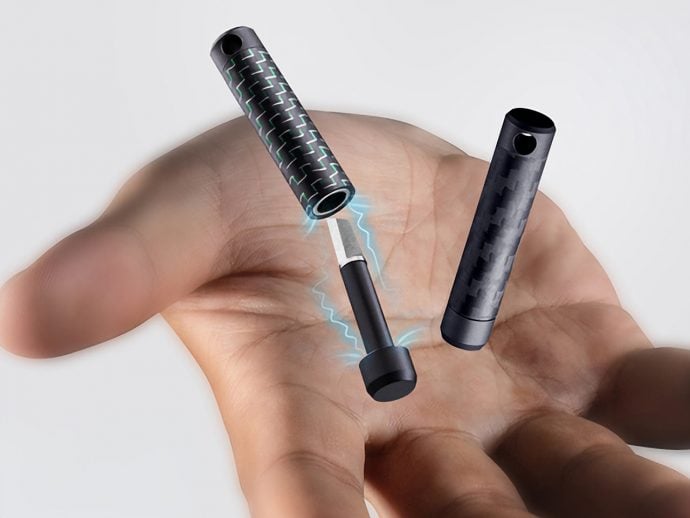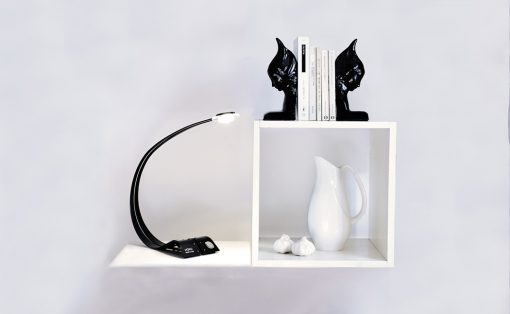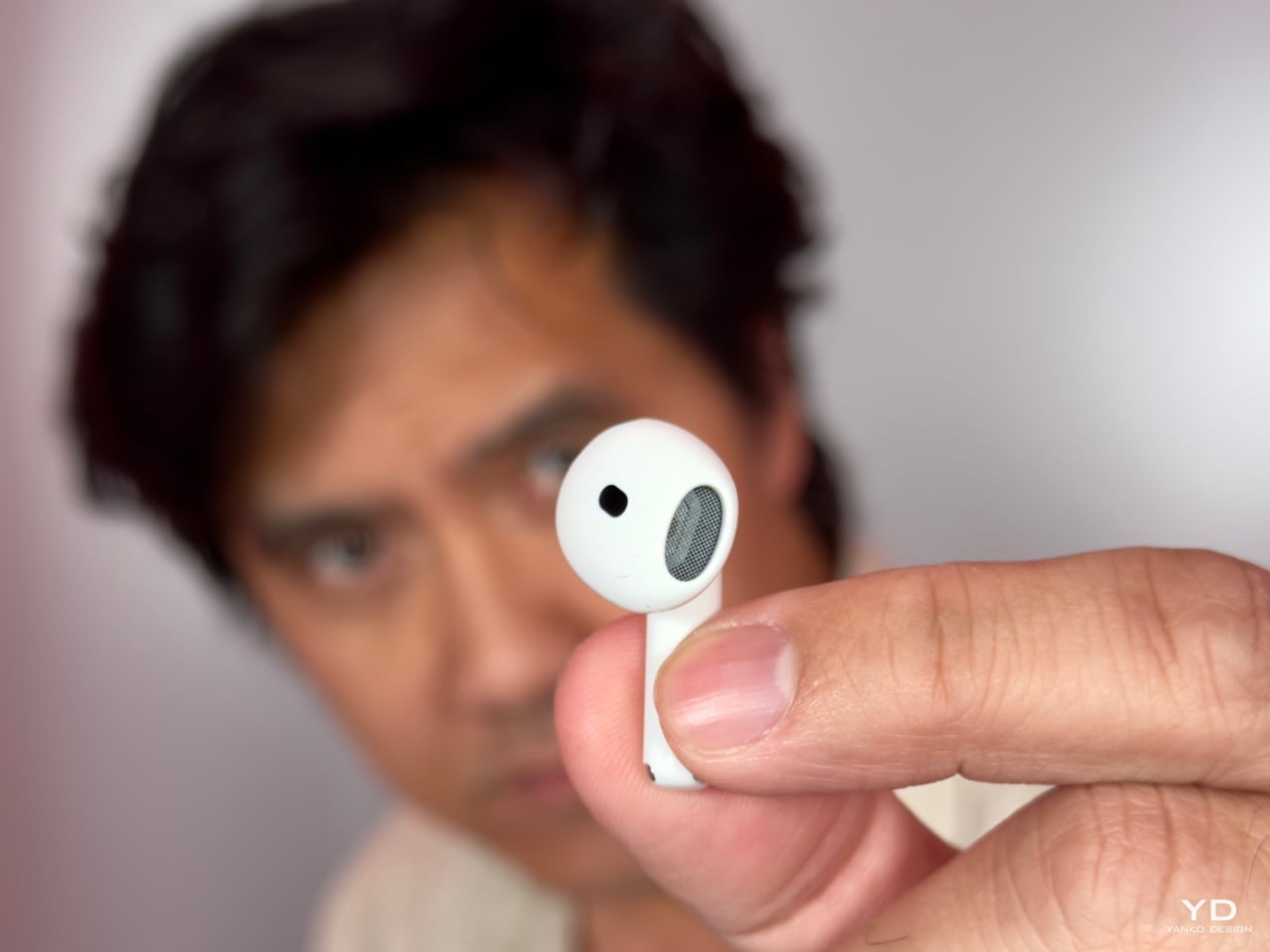
There are moments when technology integrates so seamlessly into our lives that it feels like an extension of ourselves. That’s the sensation I experienced with Apple’s new AirPods 4, featuring Active Noise Cancelation (ANC). Recently, I had the privilege of delving into the creation of these groundbreaking earbuds with two of the minds behind them: Kate Bergeron, Apple’s Vice President of Hardware Engineering, and Eric Treski, Director of AirPods Product Marketing. Their insights revealed the technical marvels of the AirPods 4 and the dedication and innovation that went into bringing ANC to an open-ear design—a feat many thought impossible.
Designer: Apple
Innovation Sparked by a Global Pandemic
The journey to integrate ANC into a non-ear-tip design was anything but straightforward. Amid the COVID-19 pandemic, a time fraught with challenges, Apple’s engineering team saw an opportunity to innovate.
“Kind of like right in the middle of COVID, in a very small group, we had a demo put together by our fabulous acoustic engineers who basically tried to work ANC into a non-occluding form factor,” Kate recounted. “Of course, it wasn’t perfect because it was a little while ago, but we said, hey, we think that there’s something here and we should really work on this.”
This account highlights the team’s resilience and creativity. Despite global disruptions, they pushed forward, laying the groundwork for what would become the AirPods 4.
Designing for Universality: The Pursuit of the Perfect Fit
Apple has always focused on creating products that are aesthetically pleasing and universally accessible. With the AirPods 4, this concept takes center stage. The earbuds might look familiar at first glance, maintaining the iconic stem design that has become synonymous with Apple’s audio products. However, the fundamental transformation lies in the details—a culmination of years of ergonomic research and user feedback.
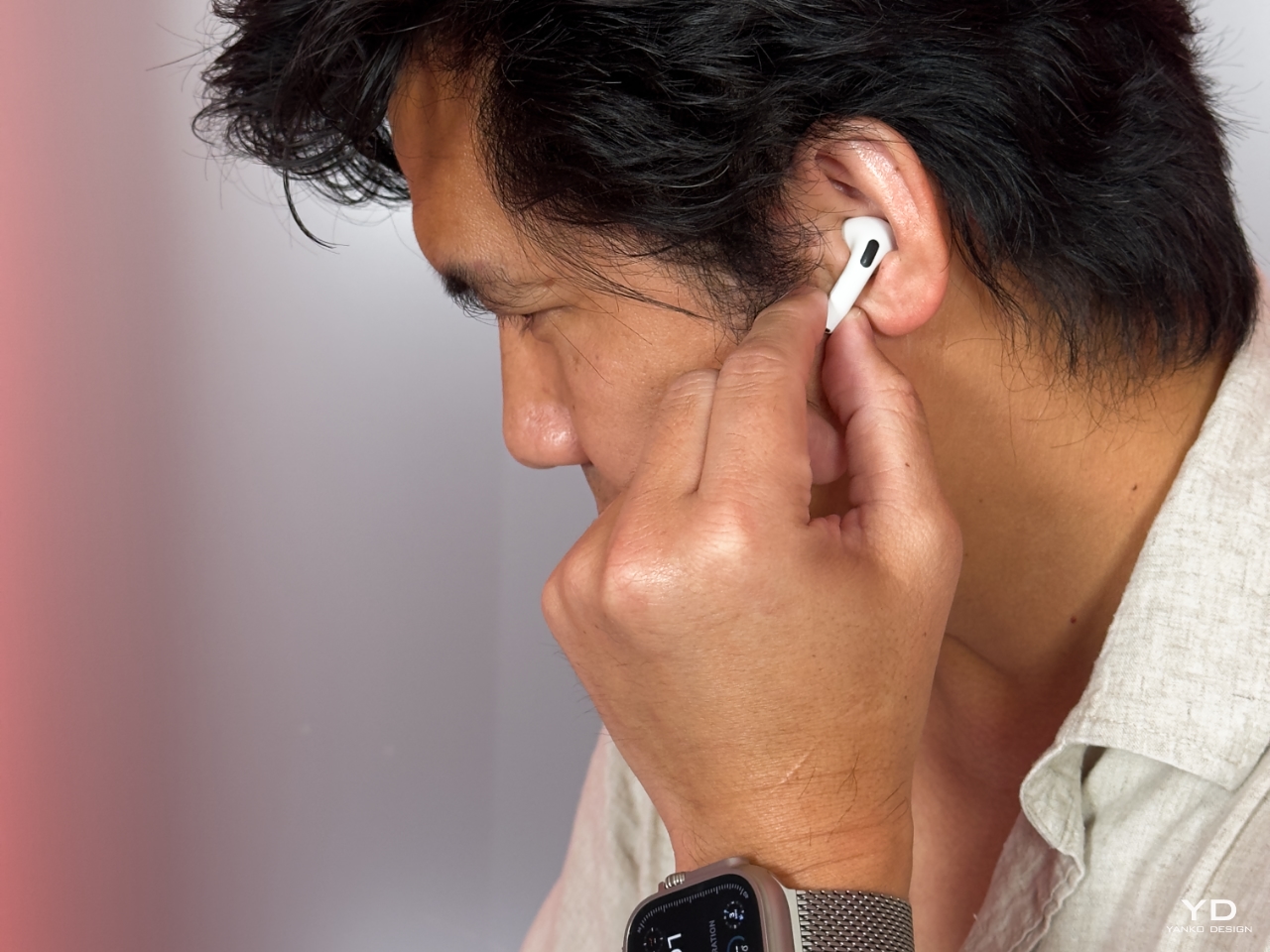
Apple AirPods 4 + ANC
“We began to educate ourselves and figure out what it is about fit and comfort that really matters to people,” Kate shared. “How do we get more conversant in the physiology and try to figure out what the best fit for as many people as possible can be?”
Creating a non-ear-tip form factor presented unique challenges. “We’re trying to make AirPods stay in your ears, and we don’t have the advantage of the compliance of the tip to help us out,” she explained. The team developed a comprehensive database of ear shapes from around the world, allowing them to model and test various designs virtually before creating physical prototypes.
Kate’s team delivered a design that feels light and natural in the ear. In my own experience, the AirPods 4 felt almost weightless. The smooth contours of the earbuds nestled comfortably in my ears, and I could wear them for hours without any discomfort. During two international trips to Berlin and London, I swapped between the AirPods 4 and the AirPods Pro 2. Despite their completely different designs, I found the comfort and fit nearly identical. Eliminating the ear tip enhances comfort and simplifies the user experience—no more fumbling with different sizes or worrying about replacements.
The Art of Minimalism: Less Is More
The AirPods 4 embody Apple’s mastery of minimalist design. The absence of ear tips allowed the team to create a smaller, more streamlined case.
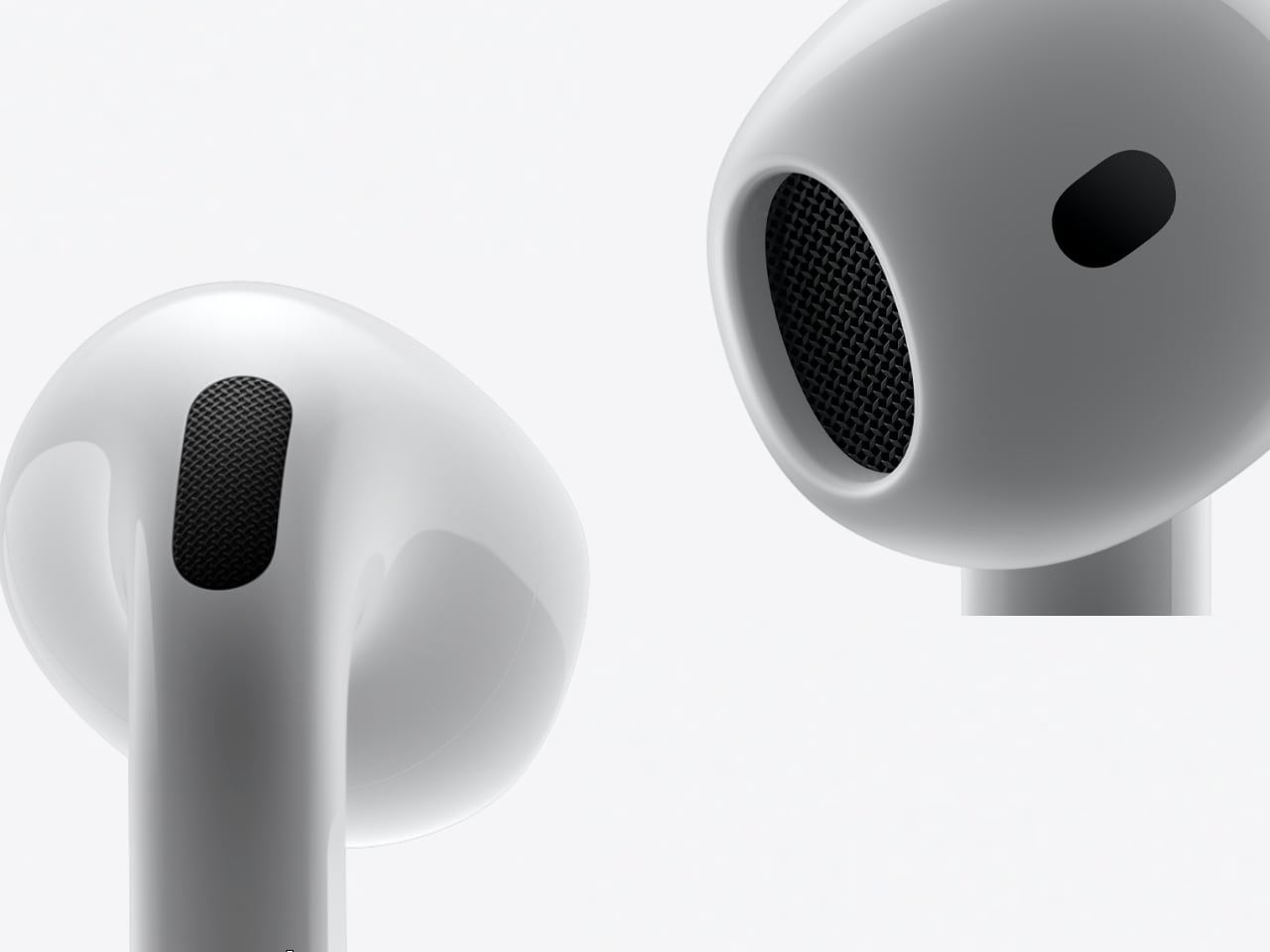
“Without having to accommodate an ear tip in the width of the case, we’re able to shrink it right down,” Kate noted. “It’s our smallest case.” Indeed, the case is remarkably compact—small enough to fit comfortably in the tiny coin pocket of your jeans.
The tactile experience has been carefully considered. The hinge mechanism provides just the right amount of resistance, and the magnetic closure offers a satisfying click. Every detail contributes to an effortless user experience.
Another subtle yet impactful change is the removal of the physical pairing button. Eric demonstrated the new pairing method, explaining how tapping the case twice uses the accelerometer inside to sense vibration, simplifying the process.
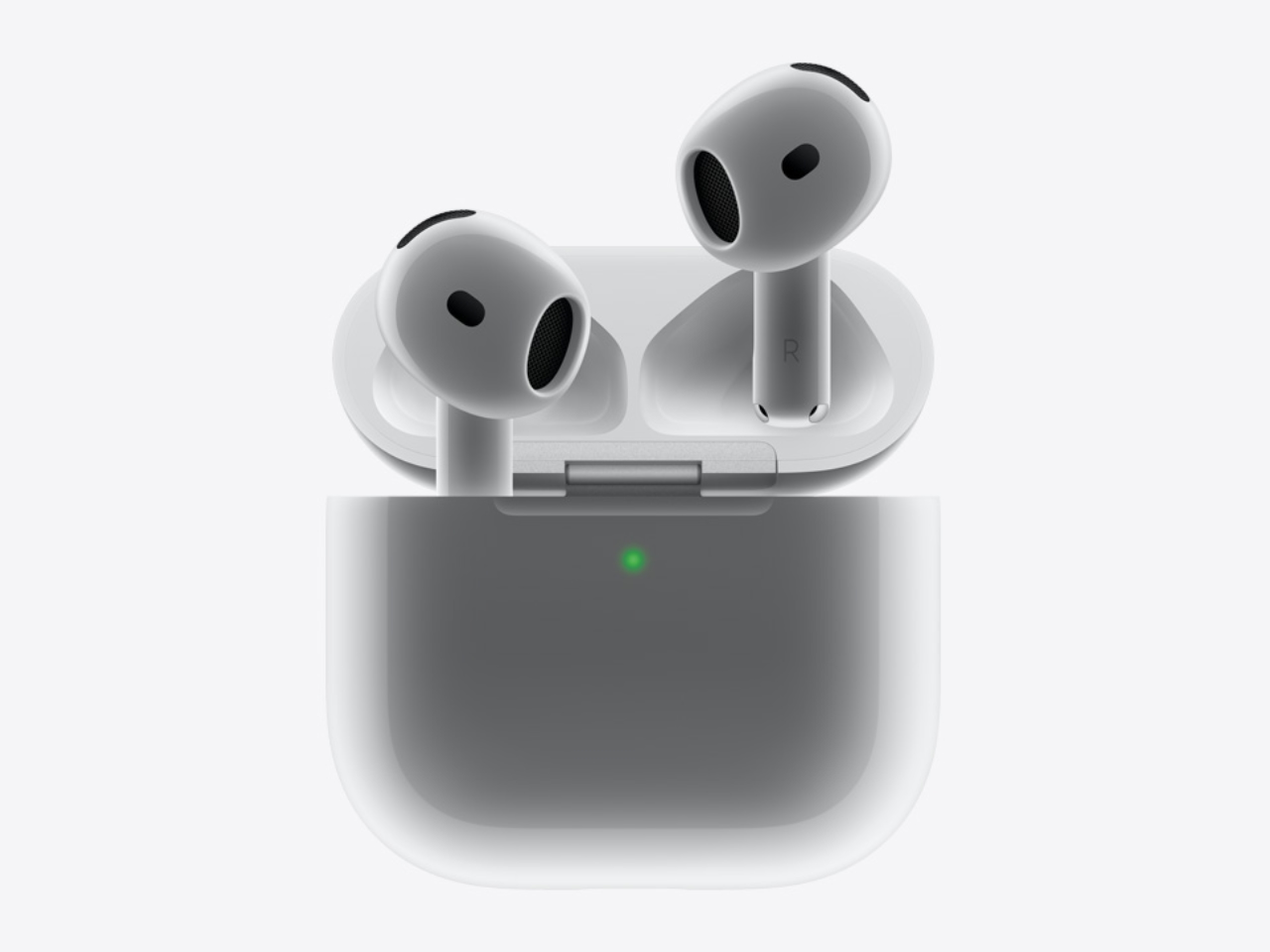
Engineering the Impossible: ANC Without Ear Tips
One of the most groundbreaking aspects of the AirPods 4 is the integration of Active Noise Cancelation in a non-ear-tip design. Traditional ANC relies heavily on passive noise isolation provided by ear tips, so the team had to rethink the entire approach.
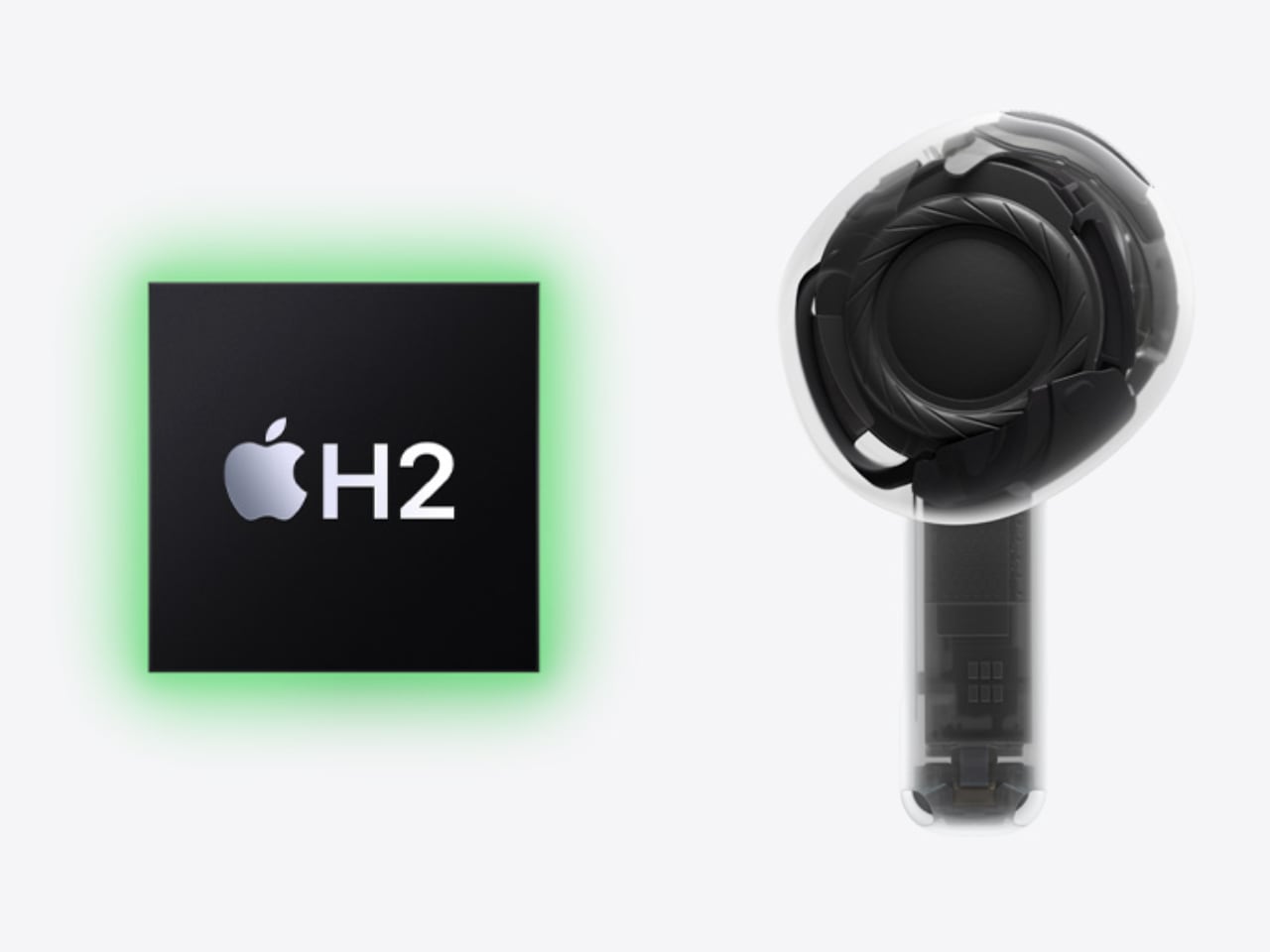
The H2 chip became essential to unlocking this performance. With its more power-efficient design, Apple was able to shrink the size of the components while maintaining the level of ANC that users expect.
They meticulously arranged the components to maximize sound quality and ANC effectiveness. “We incorporated advanced microphones both inside and outside the earbud,” Kate explained. “Adjacent to the driver is a reference microphone, which allows us to continually monitor the sound in your ear. Then, outside your ear, we use an additional microphone to monitor the outside world.”
Eric added, “It’s extremely important that the adaptive EQ mic is working very fast—up to 200 times a second—to ensure that it’s constantly monitoring what you’re hearing, both from a noise-canceling perspective and an audio quality perspective.”
The precision required for this process is astounding. Without the seal of an ear tip, external noises can easily seep in. The H2 chip’s computational power enables real-time adjustments, ensuring the ANC remains effective even as the earbuds shift slightly during movement.
Adaptive EQ, Audio Quality, and Hearing Protection
Beyond noise cancelation, the AirPods 4 delivers an impressive audio experience through adaptive EQ, which fine-tunes the sound to suit your environment and the shape of your ear. “Every ear is unique, and so is every listening situation,” Eric explained. “Our goal was to provide consistent, high-quality audio no matter the circumstances.” Whether listening to classical music or country, the clarity and richness of the sound are immediately noticeable. The bass is full without overpowering, while the treble remains crisp and clear. The adaptive EQ enhances the nuances of each track, providing an immersive listening experience.
The H2 chip plays a crucial role in this, enabling real-time processing of audio signals and allowing the earbuds to adjust frequencies dynamically. “The H2 chip enables us to maintain this level of precision,” Kate shared, highlighting how it keeps audio quality consistent across various environments.
One key advantage of this open-ear design is the ability to enjoy audio at lower volumes, thanks to effective noise cancelation. By reducing the need to increase the volume in noisy environments, the AirPods 4 helps protect hearing over time, making them a great option for users who want to preserve their hearing without compromising on sound quality or comfort.
Seamless Integration: The Magic of Connectivity
A defining aspect of any Apple product is how seamlessly it integrates within the ecosystem. The AirPods 4 enhance this experience. Switching between my iPhone, iPad, and MacBook was incredibly fast—almost imperceptible.
According to Eric, the goal was for the AirPods 4 to be something you don’t have to think about—the experience should just work, whether you’re on a call, watching a video, or switching between devices.
The seamless handoff is powered by iCloud syncing and the advanced capabilities of the H2 chip. Apple wants this process to feel completely natural, with all the complex technology hidden behind the scenes.
During our conversation, an analogy that came to mind was comparing seamless connectivity to shifting gears on a high-performance car. “To me, this is as seamless as shifting gears on a Porsche,” I said. It’s just like that dual-clutch—it’s so seamless.”
Navigating Limitations: Transparency and User Trust
While the AirPods 4 offer impressive features, Apple is transparent about their limitations. Although the open-ear design can’t match the noise isolation of in-ear or over-ear models, the AirPods 4 were optimized to deliver the best performance possible given the constraints.
This honest approach fosters trust between the company and its users. Apple remains committed to ensuring that user satisfaction remains the top priority.
Final Thoughts
The AirPods 4 with ANC represents a significant advancement in personal audio, showcasing Apple’s dedication to thoughtful design, user well-being, and seamless integration. Apple has set a new standard by overcoming the challenges of incorporating advanced features into a minimalist and comfortable form factor.
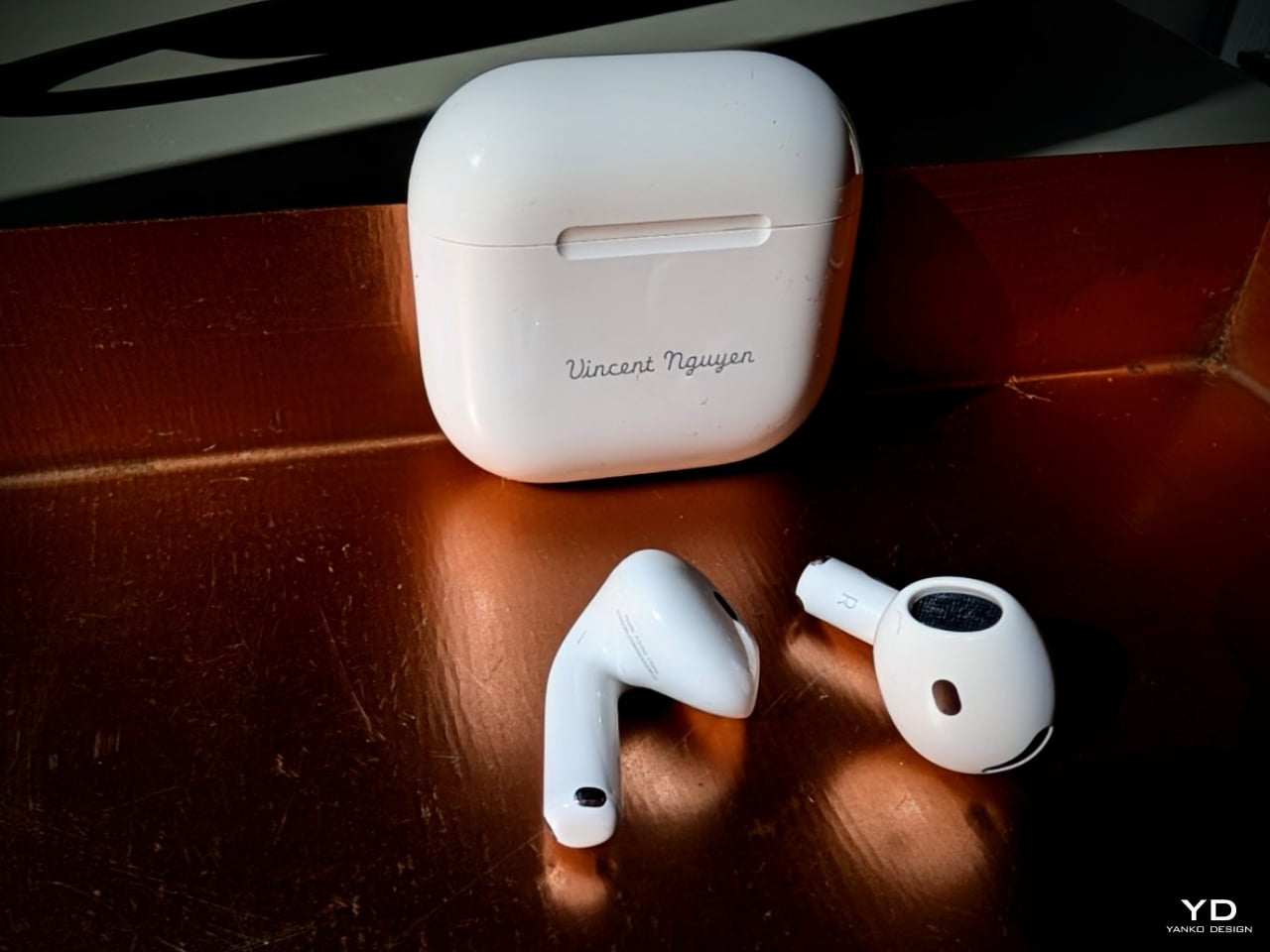
For users seeking convenience, comfort, and effective noise cancelation, the AirPods 4 is remarkable. They may not replace specialized equipment for audiophiles or professionals, but they excel as daily companions that enrich our lives in meaningful ways.
As someone who values technology and simplicity, I find the AirPods 4 perfectly incorporates these principles. From morning podcasts to evening music sessions, they have become indispensable. The comfortable design allows me to wear them for extended periods, and the intelligent features keep me connected without feeling tethered.
I was particularly impressed by their everyday convenience. “I absolutely love this after testing many other products,” I shared with Eric and Kate. Being able to take them out, use them effortlessly, and not have to fumble—that’s an everyday luxury.
As technology evolves, products like the AirPods 4 set the benchmark for what is possible when design and innovation work together. Bringing Active Noise Cancelation to an open-ear earbud is a significant leap forward, redefining expectations and opening new possibilities.

